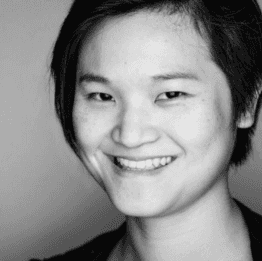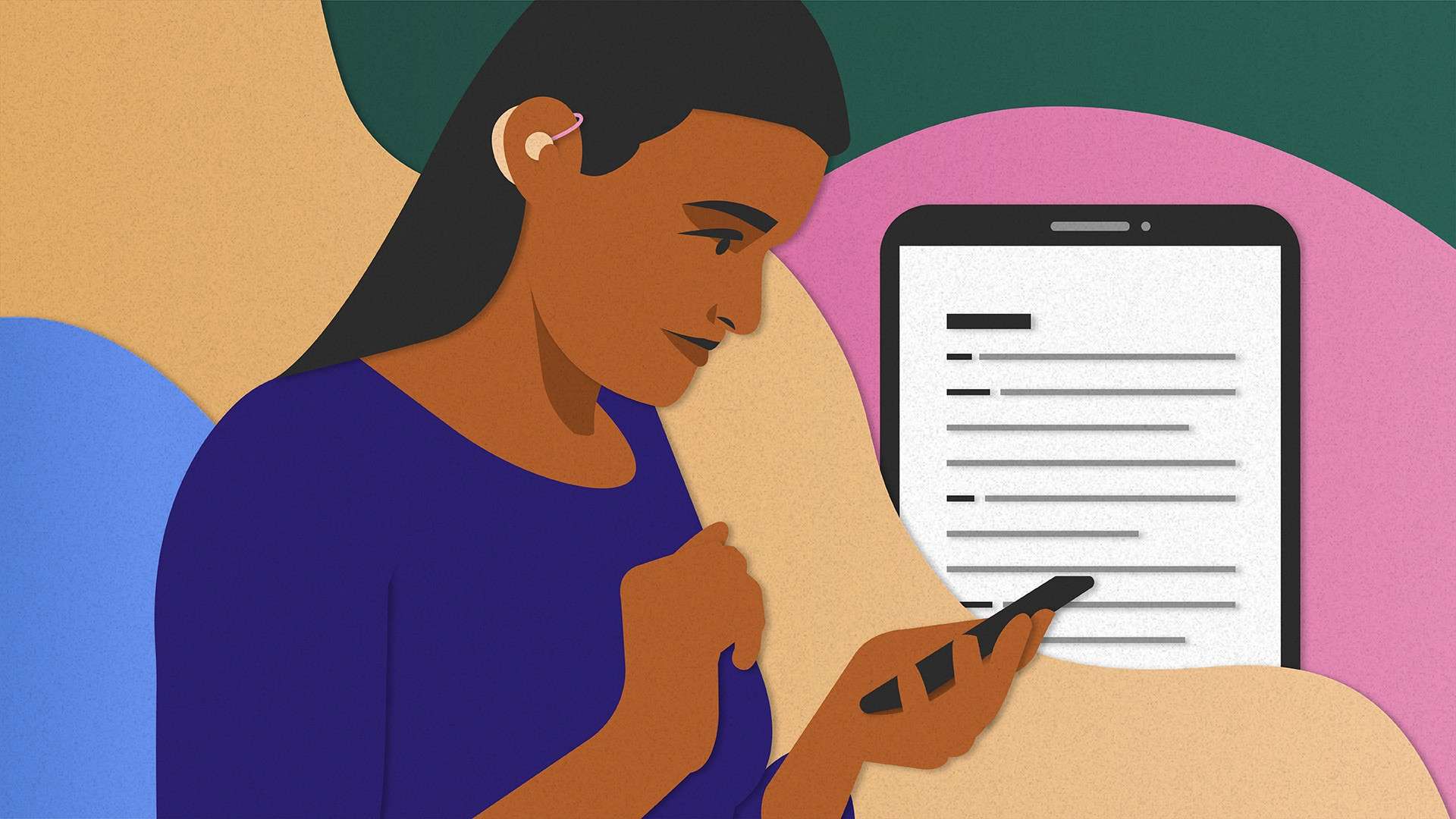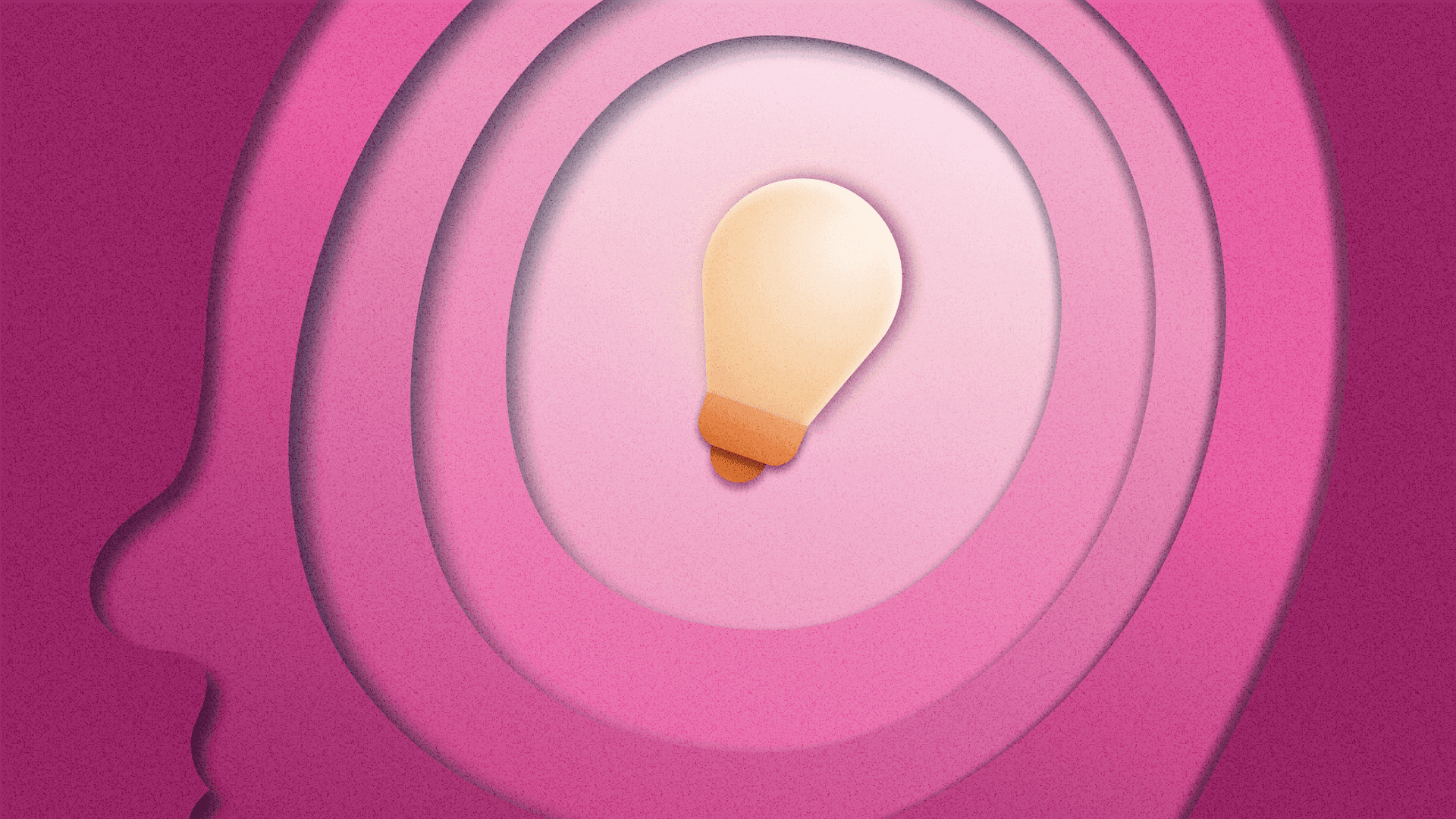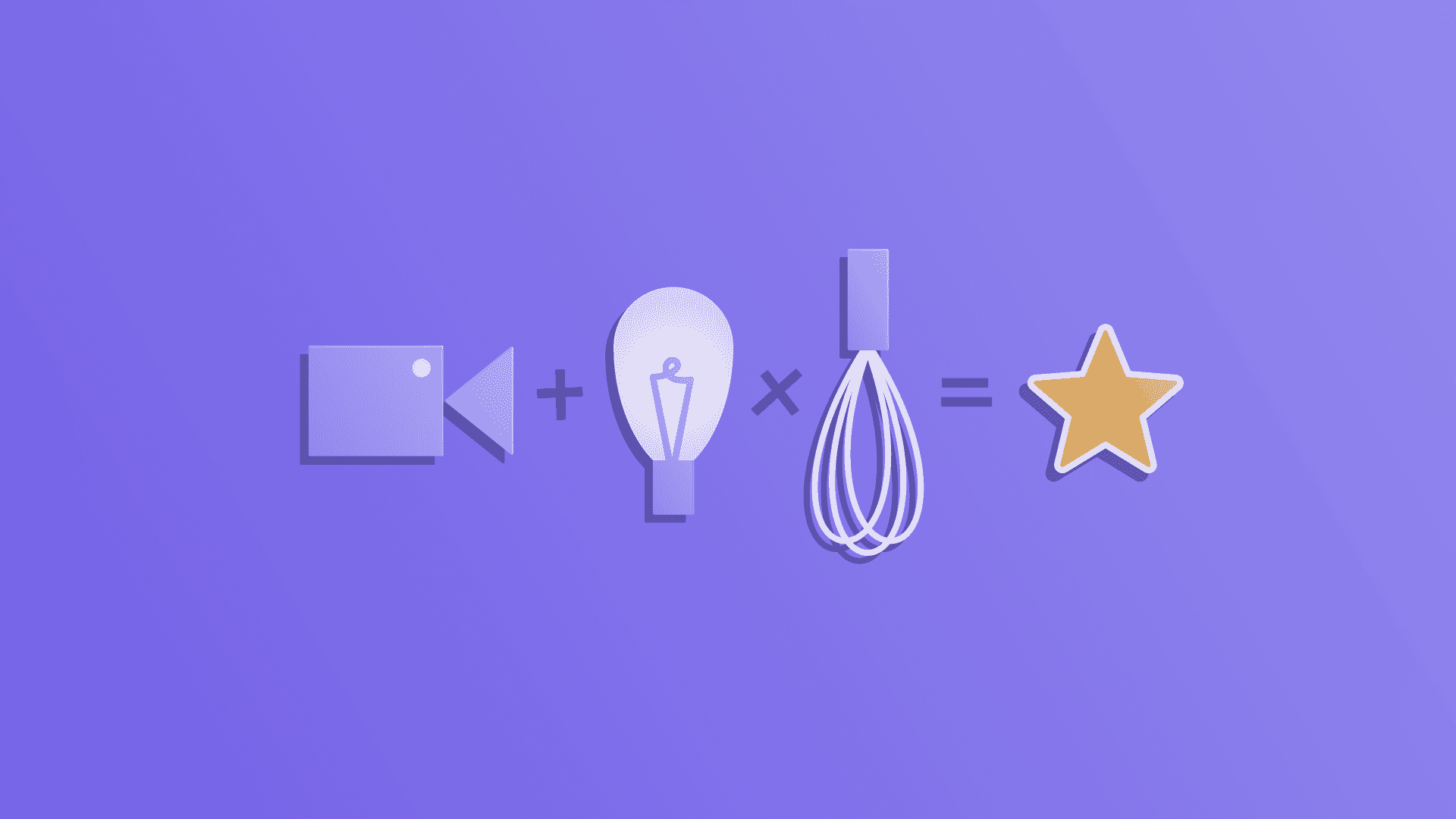A strong interview paired with an impressive UX portfolio is a recipe for putting yourself ahead of other candidates. When you land an interview, you want to be ready to share examples of your work and bring it to life in a way your portfolio can’t do on its own.
Solid preparation can set you up to steer some of the interview as well. Like a conversation, an interview is as much for you as it is for the company. Yes, the employer is trying to see if you’re a good fit. But the interview also helps you figure out whether you want to work there, too.
To find out how to do all that with confidence, I asked a handful of Indeed UX hiring managers for their advice on getting the most out of your job interview.
Prepare for your UX interview
These steps can help you go into your interview feeling confident and prepared.
Research the company and think through your samples
Rhonda Gilligan, UX Design Manager “A little preparation goes a long way. Research the company and role and come to the interview with some questions. Lack of preparation is one of the biggest red flags. It makes me think that you aren’t fully invested in the interview.”
Anna Rowe, Senior UX Director “Prepare for your interview by reviewing your work samples and thinking about the stories behind that work. Who were the users? What problem were you trying to solve? How did you measure success? What was exciting about this work? What was challenging? What would you do differently given the chance? Practice telling the story to someone who is not familiar with the work or with UX. Your goal: They understand it in minutes, and they’re excited.”
Set up your space for a virtual interview
Corey Chandler, UX Director “Clarify and test out the video platform intended for your interview. Record a video of yourself in your intended environment, and consider it — do you sound OK or muffled? Does the lighting or backdrop look presentable? If you have multiple monitors, is there a way to arrange things so that you’re looking directly at the camera when you’re speaking? Addressing details like these can help ensure you come across as confident, competent, and professional.”
Susan Le, UX Director “Be prepared with your online portfolio queued up and ready to share. If you have work to reference that’s in Figma or another software program, log in and have those files accessible. Also, don’t forget to silence your desktop notifications. If you don’t have a separate display, consider having paper to take notes on so you can dedicate your display to the video call.”
Rehearse your presentation. Then, rehearse it again
Rhonda “Anticipate the kinds of questions that might be asked and have answers ready. Have any files, tabs, or documents you may refer to during the presentation open and ready to share. When making a presentation, pause to ask for questions. It can be tough for interviewers to break in and speak, especially if there’s a panel.”
Annie Jarvis, Senior UX Director “Practice telling a short story about something you’d be proud of sharing without using a visual aid. Then, practice telling a longer story about a work project that you can walk your audience through using visual samples — different iterations on a design, for example. Show that you can give a compelling summary of an accomplishment but can also go into the details, if necessary. Practice always helps.”
Bring your whole self to the UX interview
Four tips that can help you connect with your interviewers.
Let your personality shine
Susan “Look for a way to connect with the people who’ll be interviewing you. Ask the recruiter for the interviewers’ names in advance. Try to find some things in common with them or questions you’re curious about based on their background and experience. Most importantly, be yourself.”
Anna “Hopefully, your interviewer will take a few moments to chat about casual topics like the weather to ease into the conversation. Use this time to verify that you can hear and be heard. If you have concerns, ask.”
Turn your portfolio into a story — but be thorough
Rhonda “Talk about how you put the users’ needs first. Discuss your portfolio in terms of solving user problems rather than satisfying company or client leadership. It shows your empathy and passion for the user experience.
Stay on-topic. You don’t want to meander around so much that you lose the original question. On the other hand, if your answers are too brief and lack detail, it makes me wonder how much you really did.”
Matthew Nesbitt, Former Indeed UX Design Manager “Elaborate when you discuss your portfolio. It helps hiring managers get a deeper sense of who you are and what you can do. I don’t mean that you need to talk through every single detail of a project. But make sure you talk about the intention behind your decisions. That lets the interviewer know that you’re thoughtful in how you approach your work. Also, clarify what you did and didn’t do. It’s very frustrating to get to the end of the interview process and find out that someone didn’t actually do the work.”
Annie “I recently made an offer to a candidate who did a great job presenting her current work. She deeply understood not only the user problems to be solved but also the business problems. Her work thoughtfully balanced user goals with business goals. She also spoke about what it took to ship the features and improvements she designed. Shipping UX improvements can be a dark art. A dark, very valuable art.”
Expect the unexpected so you can handle it with grace
Rhonda “Don’t get flustered. It’s possible there will be some technical issues. If so, stay calm. The people you’re interviewing with know those difficulties aren’t your fault, but they’ll get a sense of how you deal with adversity by your response in those moments.”
Corey “It’s okay to admit that you have room to grow. I interviewed someone who stood out because she owned up to the things she could’ve done differently. When I pushed back on some of her design decisions with her previous work, she acknowledged how it could’ve been better rather than getting defensive. That sort of enthusiasm and willingness to learn goes a long way.”
Show your excitement!
Anna “If you’re excited about the company and what you could bring to it, the interview will have energy. Rapport will naturally happen.”
Corey “Be excited about the company and the role. The catch is that it needs to be genuine and not come across as pandering. A signal can come across through the kinds of questions that you ask. For example, “What do you like about working here?” is a fine question but might not come across as interested as a question like, “Given you are trying to make both buyers and sellers on your platform happy, how do you decide when to prioritize one or the other?”
Follow up with care
Matthew “Double-check spelling and grammatical errors in the portfolio and follow-up communications. If you can’t take the time to look at that, why should we take more time?”
Rhonda “I think the best way to follow up is to go through the recruiter. They’re your point of contact. And most of the time, it’s not best practice for hiring managers to have contact with candidates outside the established process.”
Relax — It’ll make the process easier
The goal of this advice isn’t perfection. There’s only so much you can control, and other companies and managers may have different ways of approaching hiring and interviews. Like I said before, interviews are a conversation. And the best conversations happen when you’re relaxed and confident. So take a deep breath, remember the value you bring, and most of all, be yourself and have fun.





